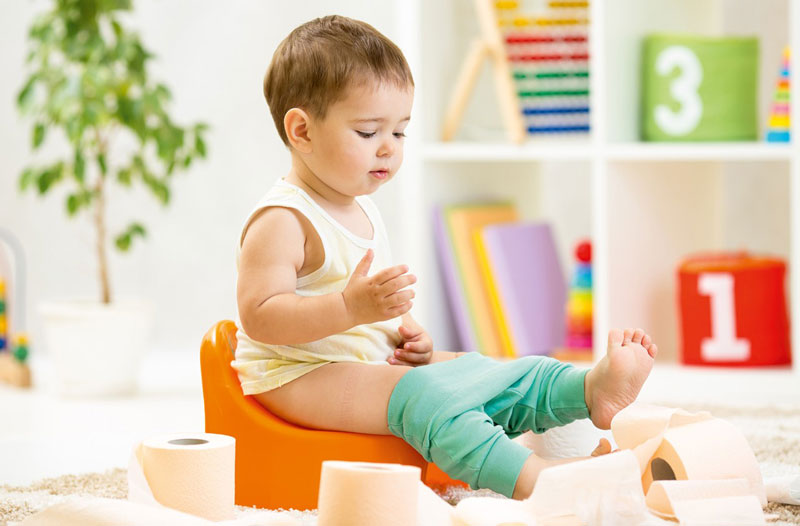Coloring sheets are an excellent activity for kids to help engage them and have a little fun in a relaxing and creative way. But if you’re in the mood for something different, a frog playing basketball is a fresh and fun coloring page to consider. We’ve compiled more than 30 frog basketball coloring page ideas below,…



